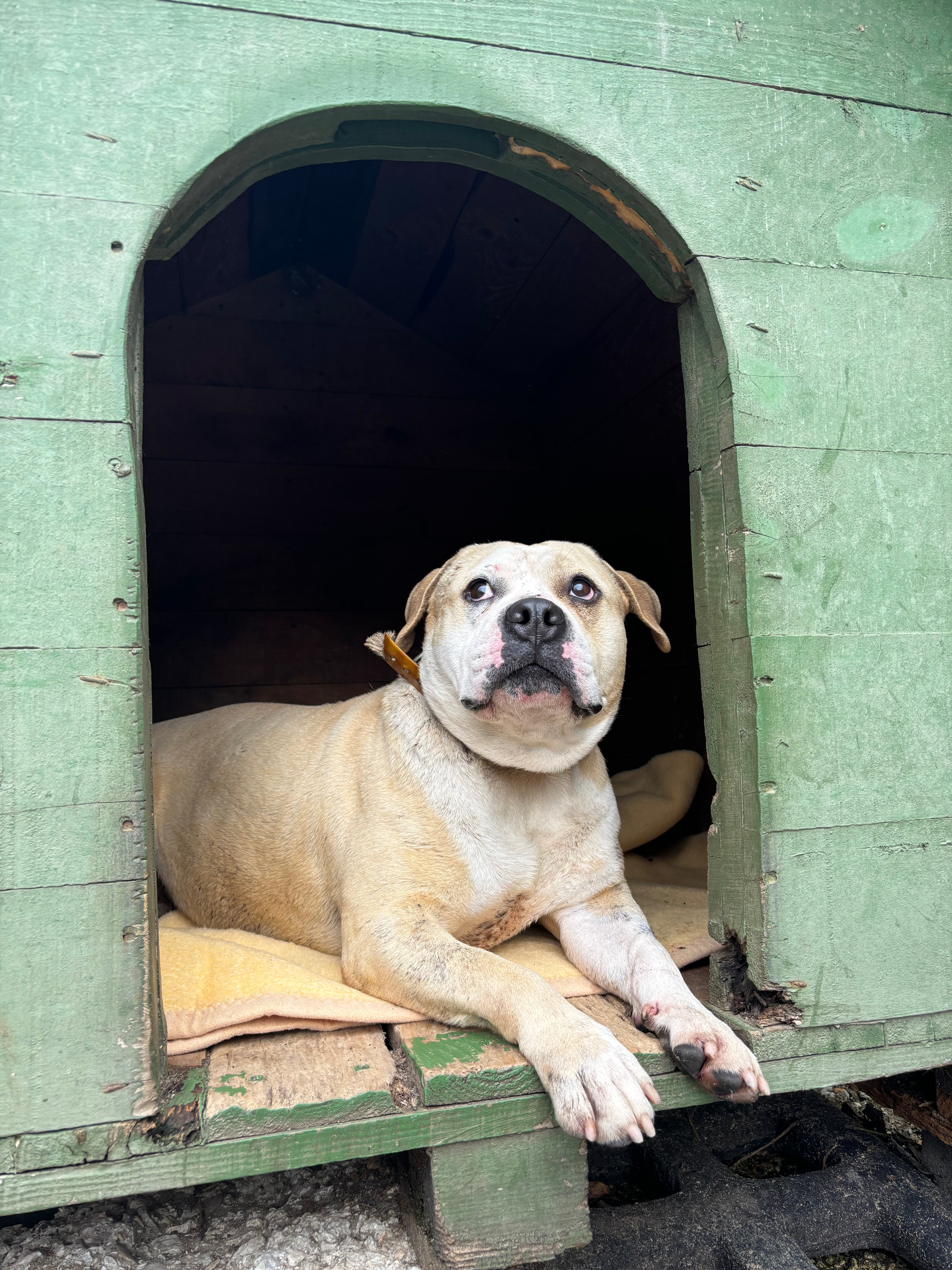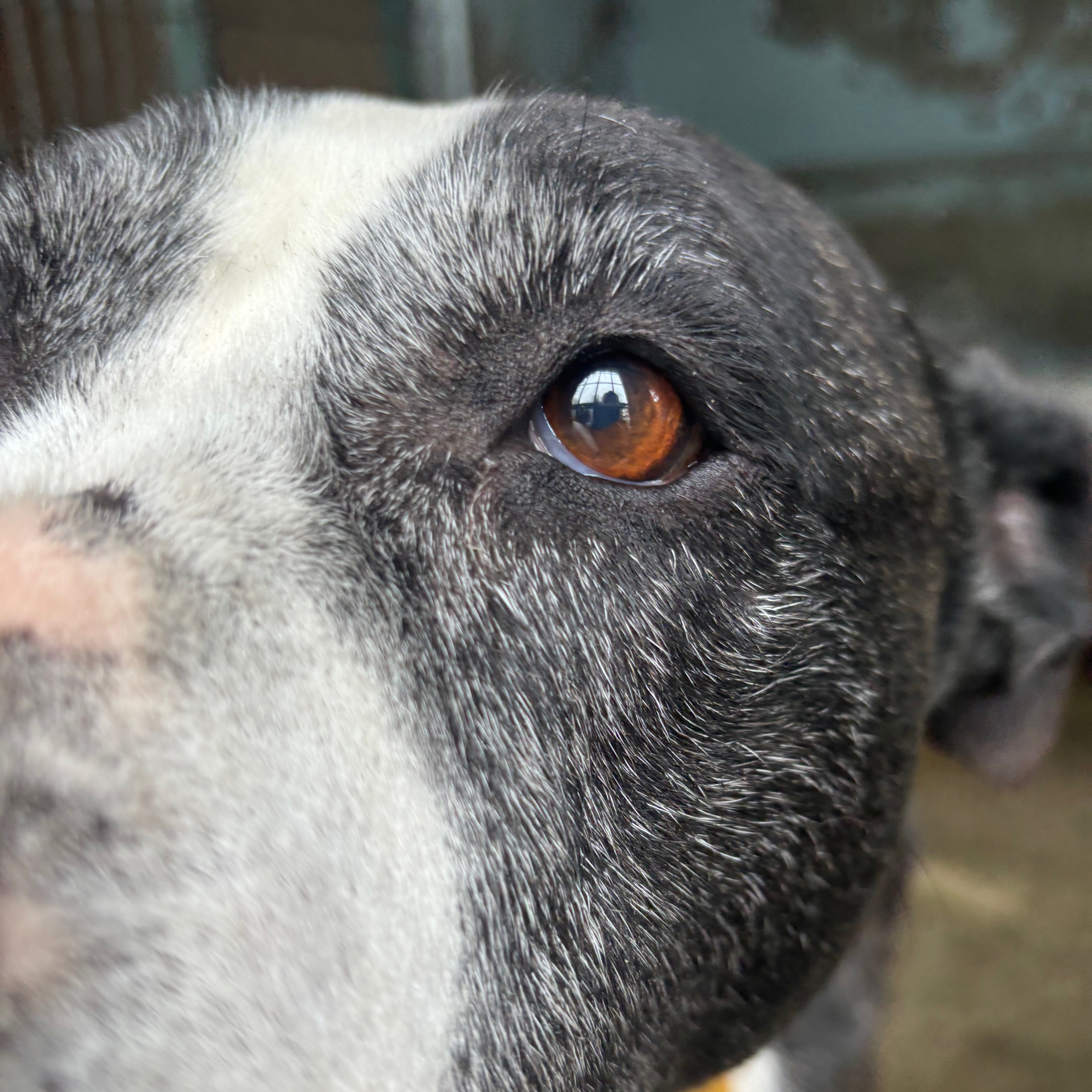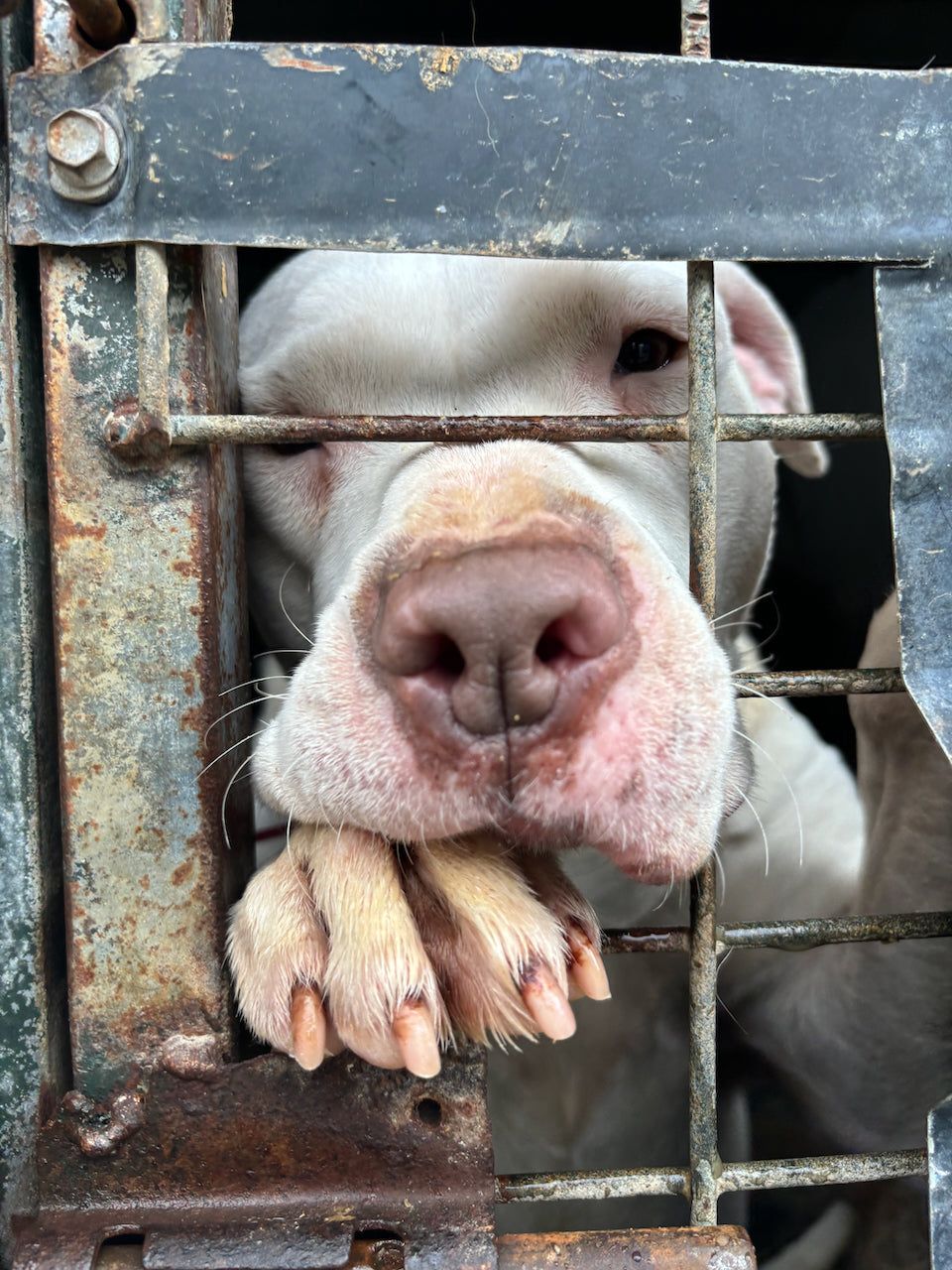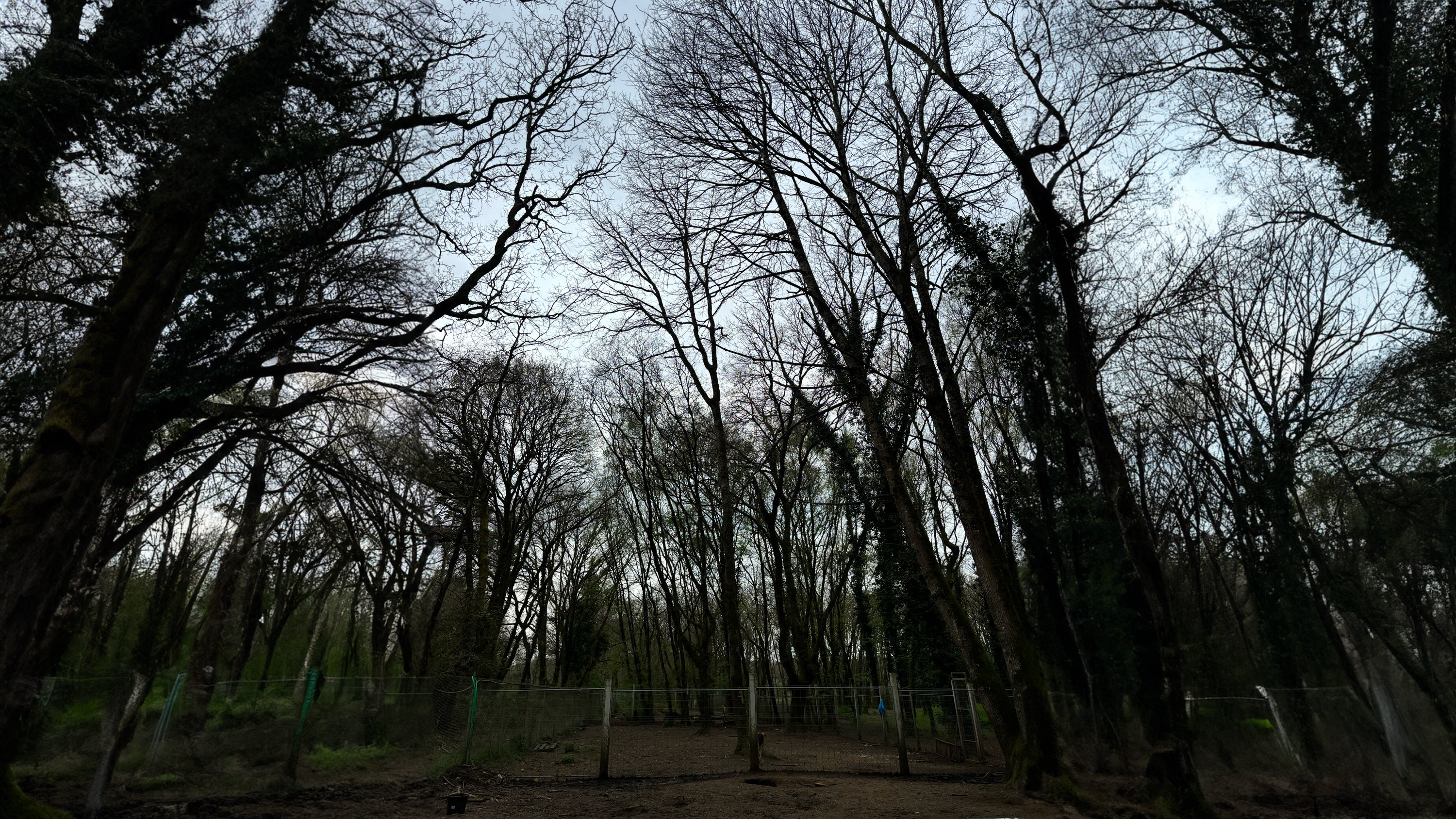Información
ANIMALES POTENCIALMENTE PELIGROSOS

Razas P.P.P.
De acuerdo con el contenido del Decreto 90/2002, de 28 de Febrero, los animales considerados “potencialmente peligrosos” en la Comunidad gallega, pertenecen tanto a las siguientes razas, como los cruces entre ellos:
- American Staffordshire Terrier
- Pitbull terrier
- Bullmastiff
- Doberman
- Dogo argentino
- Dogo de Burdeos
- Dogo del Tibet
- Fila brasileño
- Mastín Napolitano
- Presa Canario
- Presa Mallorquín
- Rottweiler
- Staffordshire bull terrier
- Tosa inu
- Akita inu
Requistos
Los propietarios de éstos animales deberán ser mayores de edad y disponer de la siguiente documentación
Para la obtención de la licencia administrativa municipal el propietario deberá presentar:
- Fotocopia y original del DNI
- Certificado de antecedentes penales.
Documento que se puede obtener a través de la gerencia territorial del Ministerio de Justicia.
Teléfono de Información 981 246 231 - Certificado de antecedentes por infracciones administrativas
Ley 50/1999 de 23 de Diciembre sobre el régimen jurídico de posesión de animales “potencialmente peligrosos”.
Se puede solicitar en cualquiera de las delegaciones provinciales de la Consejería de Medio Ambiente de la Xunta de Galicia. - Certificado de capacidad física y aptitud sicológica
Se podrá obtener en los centros médico-psicotécnicos de reconocimiento debidamente autorizados. - Formalización de un seguro de Responsabilidad Civil con una cobertura mínima de 125.000€.
La póliza que deberá renovarse anualmente para cada uno de los animales “potencialmente peligrosos” que posea un mismo propietario.
Debe inscribir el animal, en el plazo de quince días contados a partir de la obtención de la Licencia Administrativa, en el registro municipal donde resida habitualmente el(los) animal(es).
- Debe identificar al animal con un microchip homologado.
- Esto supondrá la inmediata inclusión en el Registro Gallego de Identificación de Animales de Compañía y Potencialmente Peligrosos (REGIAC) dependiente de la Xunta de Galicia.
- Esta identificación es obligatoria para todos los animales “potencialmente peligrosos”.
- A partir del 2 de Julio de 2003 la identificación con microchip es obligatoria para todos los perros sin excepción.
- En el momento en el que esté constituido el REGIAC la identificación solo podrá realizarla un veterinario autorizado por la Consejería de Medio Ambiente.
- Deberá realizarse en los 3 primeros meses de vida del animal o al mes siguiente de su adquisición.
- El propietario estará presente en la implantación del microchip debiendo presentar copia de la licencia municipal en el momento en el que solicita la identificación.

RECUERDE QUE EN LAS VÍAS PÚBLICAS DEBE LLEVAR A SU ANIMAL
- Con bozal
- Atado con cadena o correa, no extensible, de menos de 2 metros de longitud.
- Debe llevar la licencia municipal y el certificado acreditativo de la inscripción del animal en el registro de animales potencialmente peligrosos.
- No puede llevar más de uno de estos perros al mismo tiempo, ni podrán acceder a las vías públicas con estos animales los menores de edad.

REQUISITOS DE INSTALACIONES PARA ALBERGAR ANIMALES CONSIDERADOS “POTENCIALMENTE PELIGROSOS”.
- Paredes y vallados altos y consistentes que soporten el peso y la fuerza del animal.
- Puertas resistentes y que los animales no puedan abrir.
- El recinto que guarde animales considerados “potencialmente peligrosos” deberá estar señalizado con la advertencia de que en el interior se encuentra un perro peligroso.
Responsabilidad legal
También existen una serie de obligaciones específicas para los poseedores de perros pertenecientes a alguna de las razas consideradas potencialmente peligrosas, constituyendo infracción muy grave la tenencia de uno de estos perros sin licencia (se debe tramitar ante el Ayuntamiento de residencia), así como su venta o cesión a quien carezca de esta licencia o su abandono. La sanción mínima para cualquiera de estas conductas es de 2.404,05€. Son infracciones graves dejar suelto al perro potencialmente peligroso o llevarlo por lugares públicos sin bozal y correa que no puede ser de más de dos metros. En estos casos la sanción mínima es de 300,51€.
